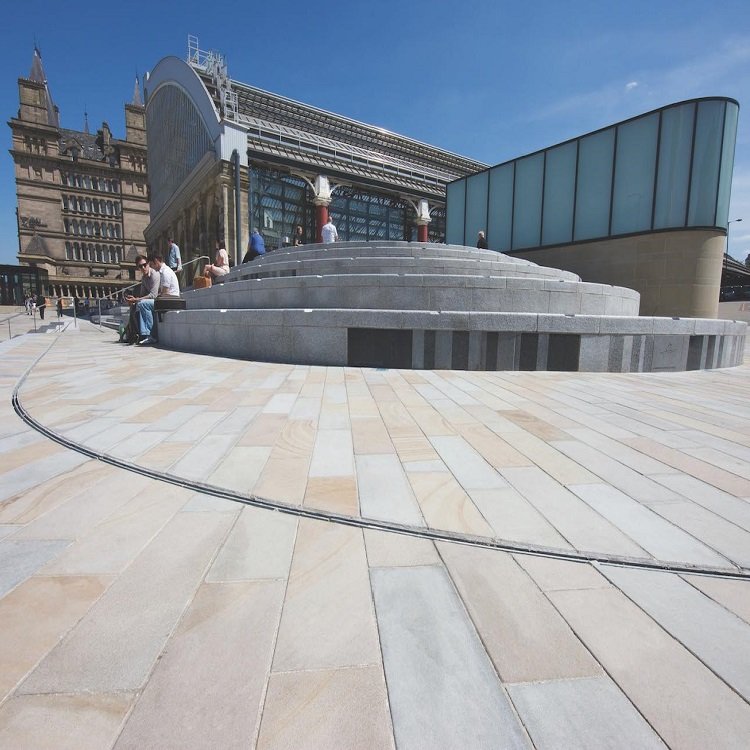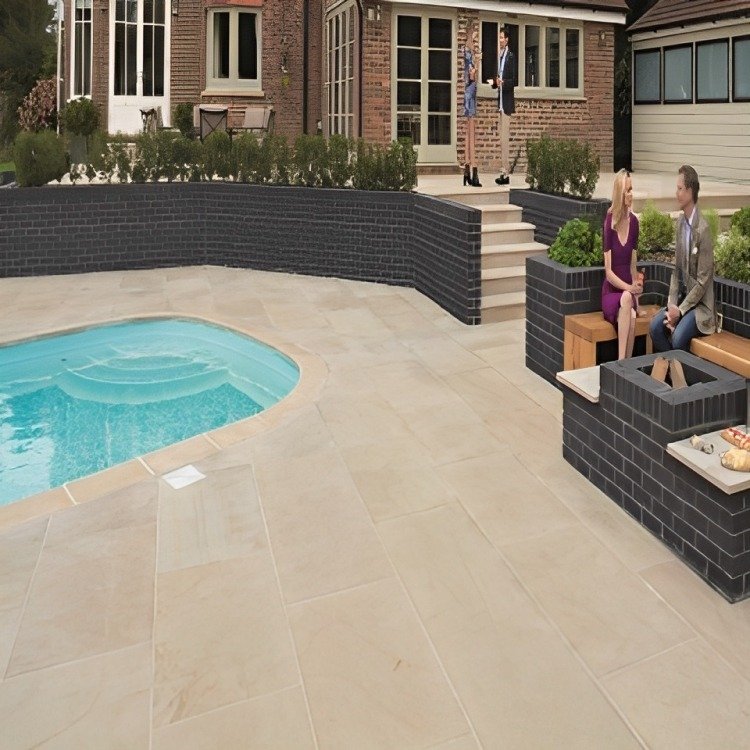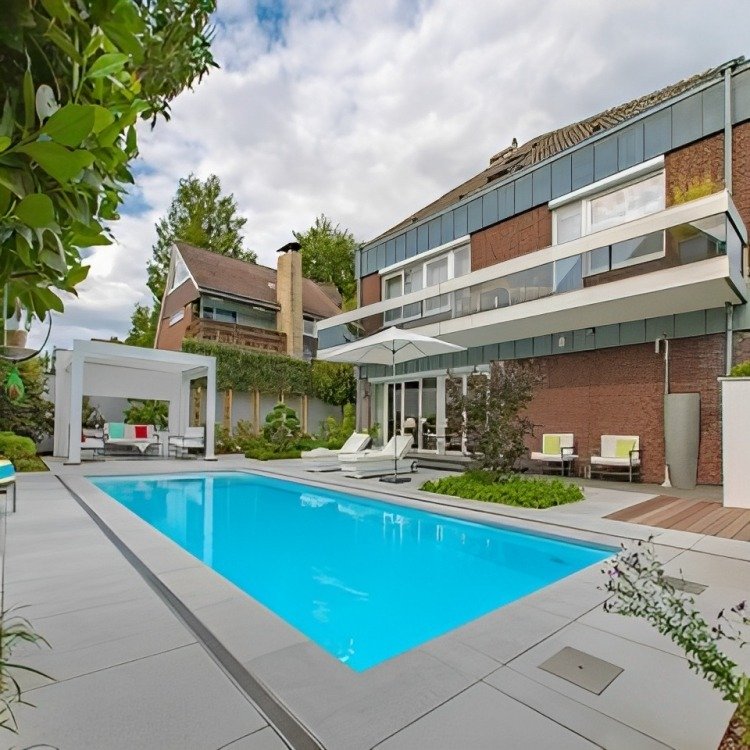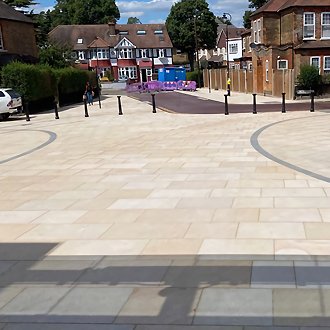Harmony in Nature: Inspiring Sandstone Color Combinations for Your Home
It can be difficult to predict trending color combinations, as personal taste and current design trends can vary widely. However, some popular color combinations that have been used with sandstone in recent years include:
- White and grey: This combination creates a clean and modern look and is often seen in contemporary design schemes.
- Beige and grey: This blend turns out a neutral and timeless look that can be incorporated into a variety of design styles.
- Black and grey: This combination shapes a sophisticated and dramatic look and can be used to add contrast to a space.
- Earth tones: Combining sandstone with colors such as brown, green, and terracotta can create a natural and organic look that is perfect for outdoor spaces or rustic-inspired interiors.
- Bold colors: Sandstone can also be paired with bold colors such as red, yellow, or blue to create a statement look. This can work particularly well in smaller accents or accents, such as backsplashes or fireplace surrounds.
Ultimately, the best color combination for sandstone will depend on your personal style and the overall design scheme of your space. It may be helpful to experiment with different combinations and see which one works best for you.







